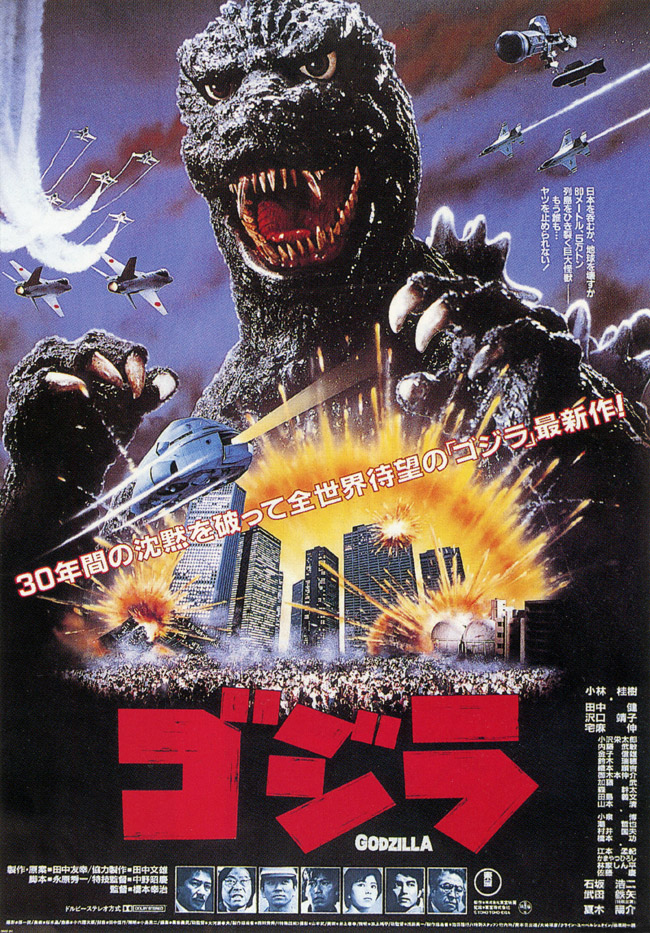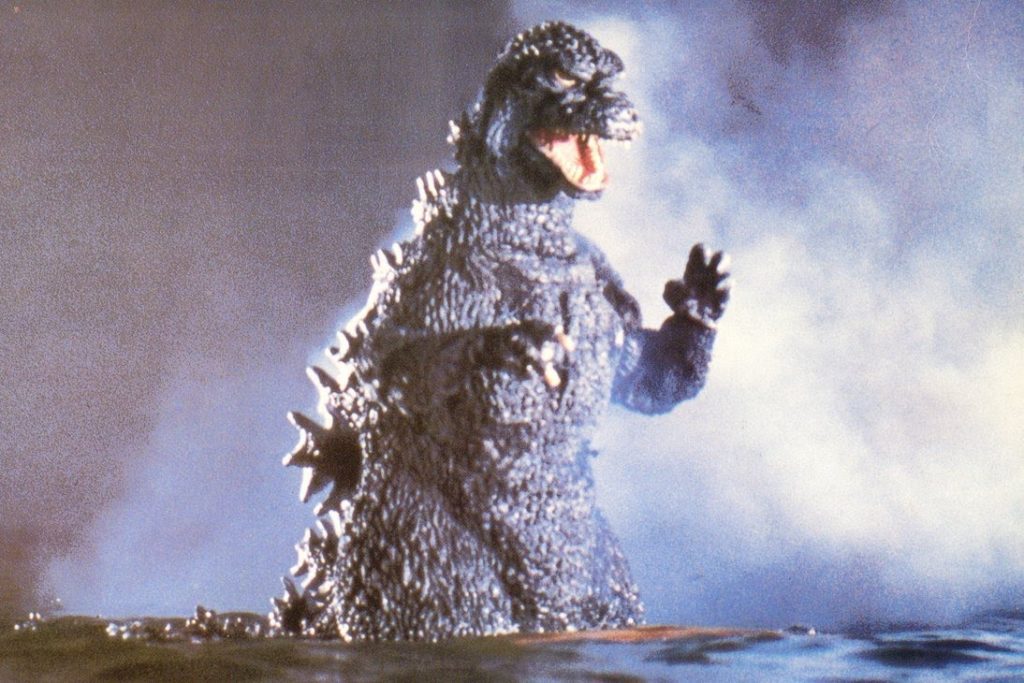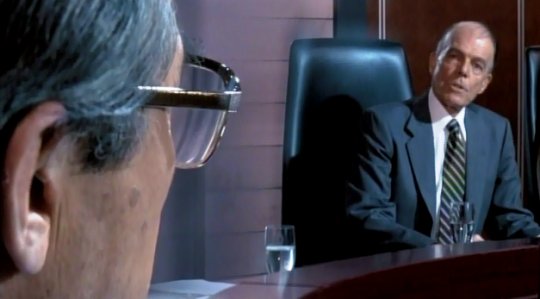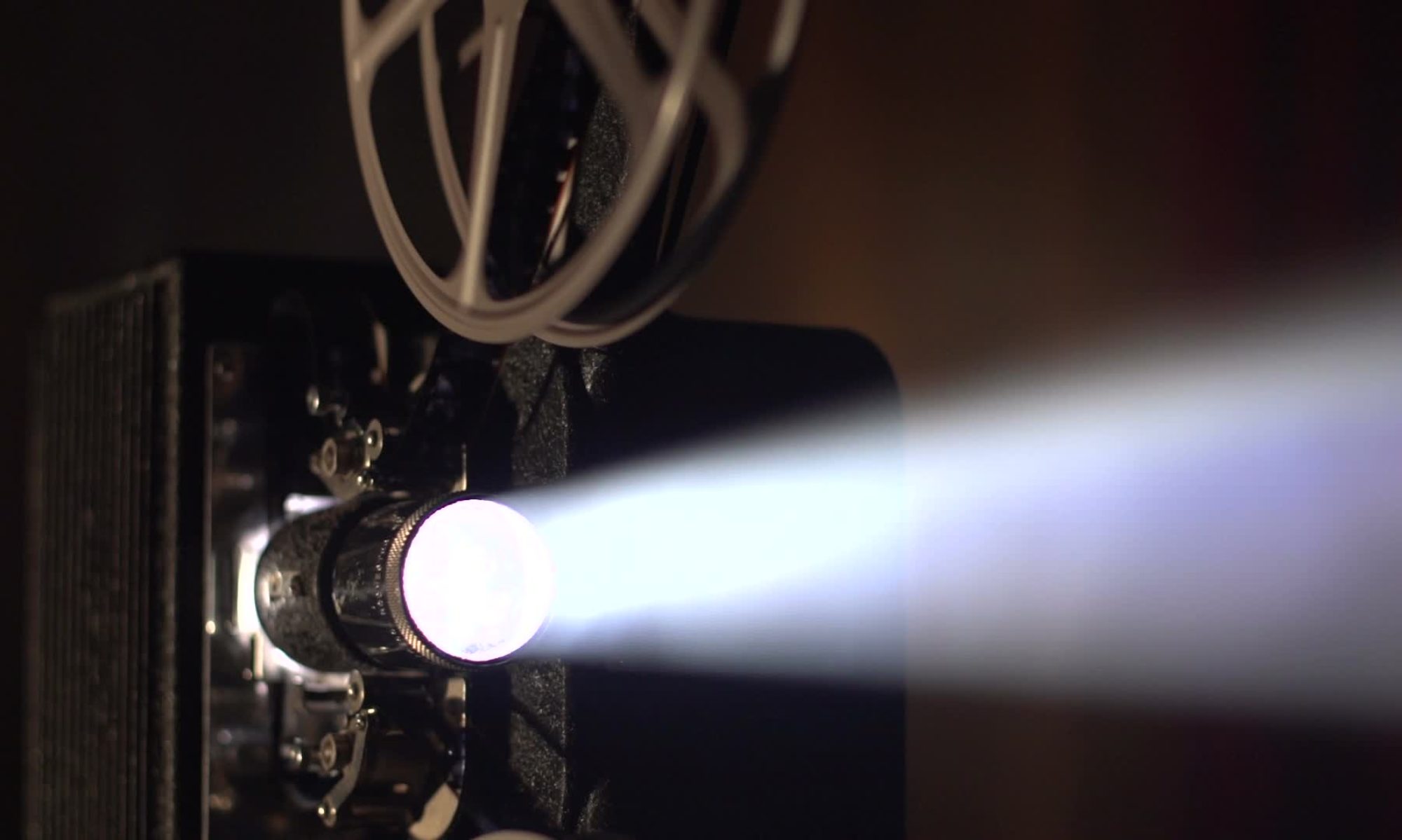
If you ask people who know me to describe me, likely they will mention that I am a Godzilla fan. I first saw the american cut on VHS of The Return of Godzilla (titled Godzilla 1985) as a youth and was mesmerized by it’s semi-apocalyptic tone and serious demeanor. Now, with Kraken’s long awaited official release of the uncut Japanese version in the US, I can safely say that, though the american cut holds nostalgic value for me, the original The Return of Godzilla is far superior. As a matter of fact I consider it the pinnacle of Godzilla’s 60 year movie career.
What is The Return of Godzilla?
The Return of Godzilla was the first in a long series of reboots to the Godzilla franchise. The original Godzilla was released in 1954 and quickly became an international success spawning a direct sequel (Godzilla Raids Again) the following year and an entire series of films which were released almost yearly until 1975. By that time the Godzilla series was pulling less and less people to the theaters and the quality of the films seemed to be on the downturn. What had once been a brooding allegory for the dangers of warfare and nuclear weaponry had turned into a cheesy, child oriented monster mash. The Godzilla films of this era were still enjoyable (and many still attest that they are the best period of the series) but I always preferred Godzilla movies with a more mature, darker tone.
After nearly a decade long hiatus, Toho (the company responsible for producing the Godzilla films) decided to bring the monster back for one last hurrah to celebrate his 30th anniversary. The Return of Godzilla ignored all of the sequels and instead acts as a direct sequel to the original 1954 film bringing back the brooding tone and replacing the over the top monster mashes with serious political commentary. The following year, New World Pictures would aquire the US distribution rights and release the heavily edited version of the film (titled Godzilla 1985) in theaters.
What is the Return of Godzilla About?
The Return of Godzilla takes place nearly 30 years after Godzilla’s first attack on Tokyo and his subsequent disappearance in 1954 when several fishing vessels go missing at sea. When one of them is found by a freelance reporter, he discovers that almost the entire crew has been killed by a gigantic louse like creature with the lone survivor claiming that Godzilla has come again. Fearing to cause a panic, the Japanese Government decides to keep these events secret from the public while they attempt to devise a solution. Meanwhile, tensions between the US and the USSR increase dramatically when a Soviet nuclear submarine is destroyed by Godzilla near the Bering Sea. With evidence continuing to build that Godzilla will attack the Japanese mainland it is up to the Prime Minister and several scientists dedicated to the study of Godzilla to find a solution, before it’s too late.
What Happens in The Return of Godzilla?
There isn’t very much story in The Return of Godzilla. Essentially, the first half of the film consists of deliberation about the crisis, debates with the US and Soviet ambassadors and attempts to come up with some way to deal with Godzilla should he arrive. The second half focuses on Godzilla’s attack on Tokyo, the military attempts to stop him and the rush to put a plan into motion to neutralize the threat.
In short, story about Godzilla’s return is not the film’s main focus. Rather the filmmakers seemed to have been more interested in creating a powerful atmosphere and a stirring nationalist message. Almost every scene, even if it does little to advance the overall plot, succeeds in enhancing these two aspects.
How are the Effects in The Return of Godzilla?
The effects in the Godzilla series have long been the brunt of ridicule. Almost inevitably, whenever I would tell anyone that I was into Godzilla movies they would always say “oh, the effects are terrible.” While the Return of Godzilla uses many of the same techniques as the earlier films, Toho put much more money and effort into making them look the best they possibly could. The result is a film which, despite showing its age 30 years after its release, still looks impressive.
Godzilla goes back to his roots for this film, becoming again an allegory for the evils of nuclear war. There is no doubt here that Godzilla is the antagonist, so much so that the announcement of his approach fills the entire city with terror. Furthermore he is shown here as being a threat not only to Japan, but other countries of the world as well.
Godzilla’s design has changed multiple times over the course of his long career, so it should be no surprise that his look was given an update here. I always thought of this design (particularly the face) as being something of a middle ground between the designs of the 70s and the more komodo dragon like design through the 90s. Personally I have always preferred those later designs, but his look here is memorable and fits the tone of the movie very well while also managing to be reminiscent of the design of the original film.

As to the effects on Godzilla himself, while they are a vast improvement over the prior films they are a bit of a mixed bag overall. Don’t get me wrong, some shots look absolutely phenomenal. However, the suit just comes across as a bit too rubbery at times for my taste. I always thought he looked impressive, but I never forgot that he was a man in a rubber suit like I often did in the later films. As for the robotic Godzilla (used in many of the closeup shots) it’s also a bit of a mixed bag looking great sometimes and awkward at others. Also, much like the original King Kong, the faces don’t quite match up which can be distracting at times. Both of these techniques would be improved upon as the series moved forward but, for what they are, they manage to get the job done.
Interestingly, Toho also had a life sized Godzilla foot to be used in some shots near the end of the film. It looks impressive on screen but comes across as a bit to geometric as opposed to the smoother, more organic look of Godzilla’s feet on the suit. Overall it was certainly a novel idea but, to my knowledge, this is the only film in which that was done, which is a shame seeing as it would have, likely, been improved upon with more experience and technological improvement.
Another weak spot in the effects comes from the gigantic sea louse we see near the beginning of the film. It’s well detailed enough, but it comes across as a little too stiff particularly in shots that focus on its legs and full body. This is one of the areas that is vastly improved in the American Cut as the fakest shots are edited out without hurting the flow of the sequence.
Where the effects really shine, though, is in the miniatures. Tokyo looks absolutely fantastic with dynamic lighting, convincing reflections and a believable scale. On top of that, the way the buildings collapse looks convincing and totally sells the illusion that these buildings are life sized which helps the Godzilla effects as well. Overall, the effects, while imperfect, still manage to be impressive today even if they aren’t totally convincing compared to our modern blockbusters. It’s obvious that a lot of passionate effort went into them which often makes it easy to forgive their occasional shortcomings.

What Part Does the Cold War Play in The Return of Godzilla?
When The Return of Godzilla was made, the Cold War was at its height. While it is far from the only film to include political commentary and drama about the conflict between the US and USSR, it’s also one of the strongest. Many fans of this film (myself included) will say that the best part, aside from Godzilla’s return to the dark side, are the Cold War era political themes throughout. Talk of tensions between the USSR and USA are prevalent and the sequence where the Prime Minister debates with the respective ambassadors is one of the best put to film on the subject matter. However, in order to fully appreciate the message being made here, it is important to understand Japan’s position during the Cold War conflict. Economically, they were more strongly allied with the US, but their close proximity to the Soviet Union and Communist China often motivated them to tread with care. Here (in the Japanese cut) both sides are shown to disregard Japan’s needs and the impact that their activities will have on it. In short, Japan is stuck in the middle of a dangerous tug of war between the two titans and with Godzilla to boot.

Overall, the Cold War tone of the film is done exceptionally well and is the main reason that this film stands out from the rest of the Godzilla series. Granted, other Godzilla films have touched on political themes, but never so boldly as here (in my opinion). Above all, it adds an interesting middle perspective on the Cold War, instead of the more common portrayal of one side being aggressive and evil and the other saintly and defensive.
How is the Soundtrack in The Return of Godzilla?
Almost any Godzilla fan will tell you that one of the best parts of the series are its soundtracks. As a matter of fact, if a Godzilla film doesn’t have an exceptional soundtrack, many fans end up feeling a little disappointed and/or underwhelmed. This film has, in my opinion, not only one of the best soundtracks in the series, but one of the best soundtracks of all time.
As with most other films in the Godzilla series, the soundtrack here is fully orchestrated. Akira Ifukube, the composer for the original Godzilla and many other films with the character, refused to come back for this film claiming that he had retired completely (though he would return 6 years later for Godzilla vs King Ghidorah). Even so, the composer they got instead puts a powerful and eerie tone on the whole film that manages not only to enhance the imagery on screen but also stand out on its own. The only shame here is that he never returned for another Godzilla soundtrack after this one.
What is Godzilla 1985?
Godzilla 1985 is the heavily edited US version of The Return of Godzilla. When New World Pictures acquired the rights to the original film, it was decided to heavily edit it and include several new scenes featuring characters in the US Pentagon.
Godzilla 1985 was released theatrically in the United States and, for many years, was the only legal version of The Return of Godzilla available outside of Japan.
What are the Changes Between The Return of Godzilla and Godzilla 1985?
In Godzilla 1985, many scenes are either heavily edited or removed entirely from the Return of Godzilla. Some of these changes are welcome, like the removal of some of the more awkward effects shots and the addition of a few welcome sound effects (the Godzilla death screech comes to mind). On the other hand, some of the cuts really take the teeth out of the film with many of the Cold War tones being cut or changed to make the Godzilla’s return more favorable to the US. While it’s understandable why this was done (given the time it was released) it hurt the film in hindsight.
In order to fill out Godzilla 1985’s run time after all of these changes, several scenes were filmed with American actors including the late Raymond Burr who played a similar role in the American Cut of the Original Godzilla (Godzilla King of the Monsters! from 1956). While it’s an interesting idea to give Godzilla 1985 a new perspective and a connection to America’s first Godzilla film, these scenes feel really out of place and don’t really add anything to the overall story or tone. On top of that, apart from Mr. Burr, the acting here is pretty laughable as are the infamous Dr Pepper product placements. In the end they just come across and unnecessary and further hinder the US version of the film.

Are The Return of Godzilla and Godzilla 1985 Good Films?
Whether or not this is a good film really depends on what version you’re watching. The Return of Godzilla is far superior to Godzilla 1985. For that reason, there are two star ratings as opposed to the usual one.
As previously stated, The Return of Godzilla is my favorite Godzilla film. In spite of its shortcomings it’s powerful message and tone succeed in making it an exhilarating and memorable experience. As a matter of fact, it’s one of the few Godzilla films that I would recommend to a non-Godzilla fan so long as they enjoy good Cold War political dramas.
On the other hand, with many of these aspects weakened or removed from the American cut, Godzilla 1985, that film has not aged nearly as well. The awkward American segments only serve to exacerbate the problem. I do think that die-hard Godzilla fans should see it at least once if only to see Raymond Burr’s character return and to see what changes were made, but I would advise anyone else to skip it.
The Return of Godzilla
Godzilla 1985
